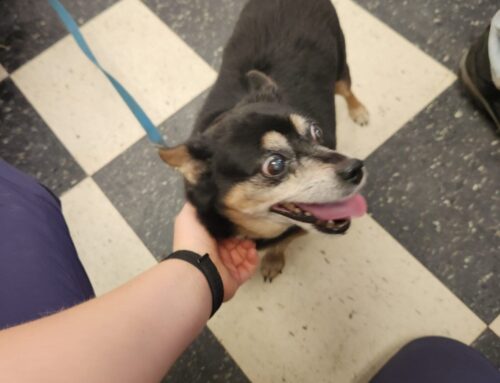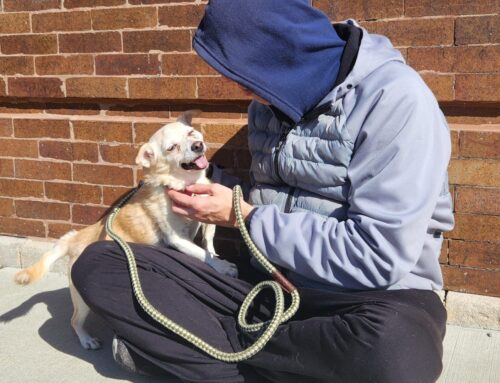
“Open door shelters” are places where people can drop off an animal with no questions asked. We believe these facilities actually encourage abandonment of dogs and cats. Here’s an example. A woman came to Famous Fido hoping to adopt a cat. During her interview, it came to light that in the previous year when moving from her last city, she had dropped her two cats off at an open door shelter. After getting settled in Chicago, she decided she would like a cat again and came to us to adopt one. She thought it completely acceptable to abandon her animals when it was not convenient to care for them during her relocation and pick up another later. No one had corrected her. No one had asked why she was abandoning the cats or offered her viable alternatives. She was unaware that the cats she abandoned in her last city were most likely euthanized. People should not be able to leave animals at a shelter without being interviewed as to why. Counselors should be available to discuss the answers. Some questions for consideration are:
- Are there medical issues we could help with?
- Is the animal displaying problem behaviors that our trainers could help work through?
- Are they able to keep the animal temporarily until a suitable home or foster home can be found?
- Do they know anyone that would be willing to take the animal?
The guardian should be told what is likely to happen to the animal. They should be made aware of their obligation at the point of adoption and reminded of that obligation when they feel they can no longer fulfill it. Abandonment must not be made easy. We would like each animal to be assigned an advocate when it arrives into the shelter – someone to care for and promote the animal to potential adopters. It’s a traumatic time for an animal, and consistently seeing a familiar face can help reduce a dog or cat’s anxiety. Animals should be examined and provided with appropriate medical care and not destroyed as soon as a defect is discovered. They should be assessed by experienced staff who will take all factors into account, i.e., shelter environment, the stress of being handled by strangers, the trauma of abandonment, and previous mistreatment or abuse. People must be aware of the reality of the shelter and what will happen to their animal. We must ensure that there is no other option than educating people about their obligations and responsibilities. We recognize that uneducated dog owners, an unregulated dog-training industry, and lack of mental stimulation and enrichment for the dogs are at the core of this issue. Our goal is to prevent dogs from becoming another shelter-dog statistic by providing rescue organizations and new guardians with education and support.





